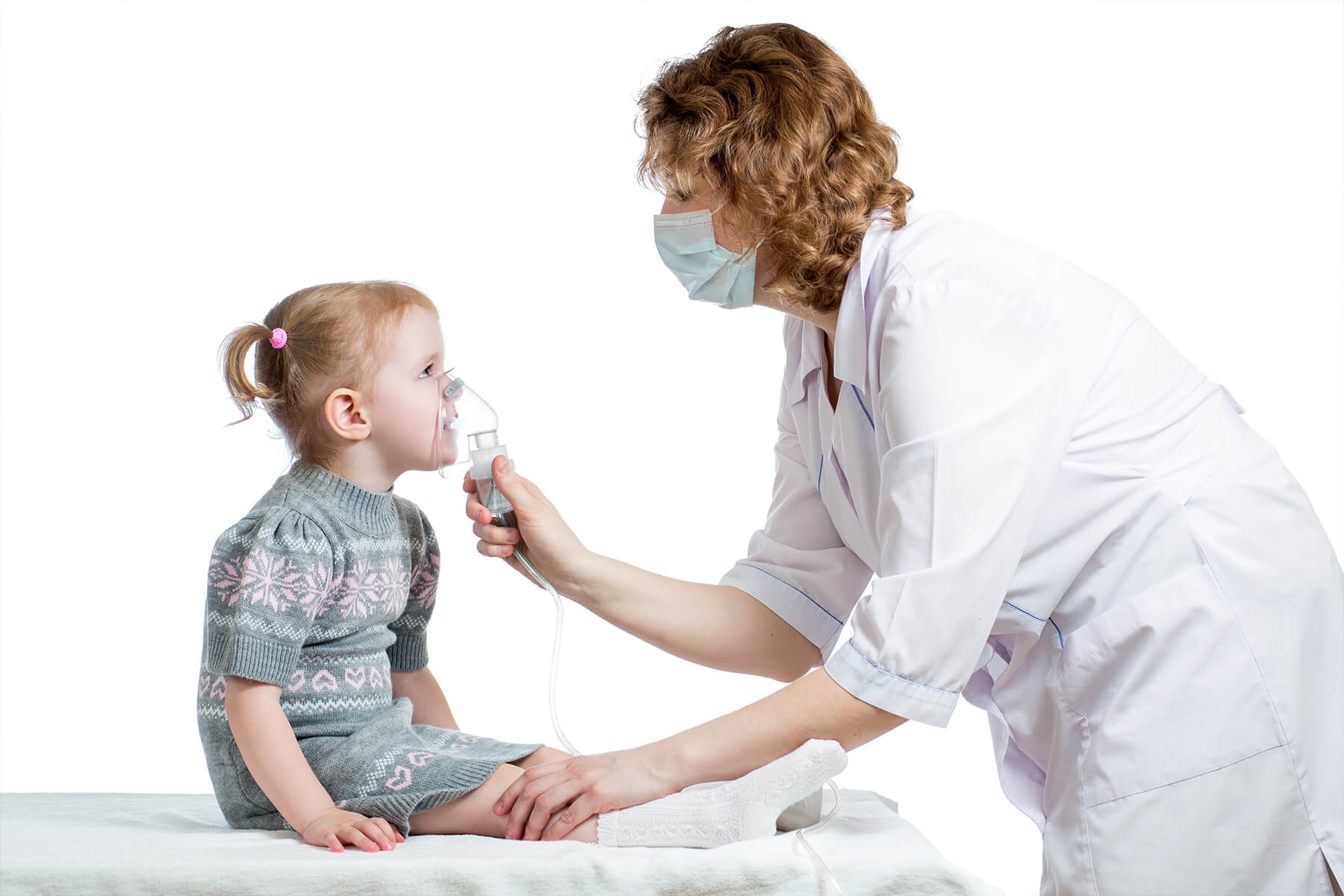Pulmonary rehabilitation after COVID-19 and treatment of pulmonary diseases
Oxygen is an essential component of the body. Every cell and organ need oxygen to function properly. Most of the oxygen that your body needs comes from the respiratory system. With the respiratory tract, lung, and respiratory muscles, we breathe to take oxygen into our bodies and send carbon dioxide out.
Respiration might be an easy daily routine for healthy people; however, it might be full of challenges for patients with lung injury caused by COVID -19 and some of the patients with lung diseases. There are many factors, such as respiratory muscle weakness, sputum obstruction, abnormal lung tissue function, etc., which may cause low blood oxygen saturation (Hypoxemia) and produce symptoms such as shortness of breath, dizziness, poor activity, and lethargy, which affect not only health but also quality of life.
The pulse oximeter is a non-invasive and compact device used to monitor the blood oxygen of patients in clinic and home care as well. It can quickly measure oxygen saturation (SpO2) and heartbeat (PR) by clipping to the fingertips or earlobes of patients. The normal value of SpO2 is greater than 95%, while the normal value of PR is between 60 and 100. In other words, when oxygen saturation is less than 94%, the patient should seek medical attention and be treated with oxygen therapy as soon as possible.
Oxygen therapy has a variety of interfaces that provide patients with oxygen concentrations higher than room air (21%) and ameliorate or prevent hypoxemia. Some patients with chronic hypoxemia (e.g., chronic obstructive pulmonary disease, bronchiectasis, congestive heart failure, etc.) may require long-term oxygen therapy at home after evaluation.
Most of the oxygen sources used in home care are oxygen concentrators or cylinders. The interfaces commonly used are as follows:
-
Nasal Cannula
The nasal cannula is the most common device for long-term oxygen therapy. It is soft and features two blind tubes placed in the patient's external nostril to provide additional oxygen. Compared with other oxygen therapy devices, the nasal cannula has a smaller surface area that contacts the patient's face, and the patient does not need to take the cannula off when eating, providing a more comfortable and convenient treatment. Patients may experience nasal dryness when the flow rate is greater than 4 liters per minute, and the bubble humidifier can be used to increase humidity and relieve discomfort. -
Simple Oxygen Mask
The simple oxygen mask is another common low-flow oxygen device. The patient simultaneously inhales oxygen from the oxygen tubing and some room air from the opening of the mask when inhalation, while the air is expelled through the opening of the mask when exhalation. The oxygen mask has a larger oxygen storage capacity than nasal cannula, so it can provide higher oxygen concentrations. When using a simple oxygen mask, it is important to note that the flow rate should be greater than 5 liters per minute to avoid carbon dioxide trapped in the mask, which may cause adverse effects on the patient.

In addition, inhalation therapy is often used by many patients with chronic lung diseases. Aerosol drugs, dry powder inhalers or metered-dose inhalers make drug particles enter the lungs through the respiratory tract and action more effectively.
Inhalation devices commonly used at home are as follows:
-
Small-Volume Jet Nebulizer
It is a commonly used clinical drug spray device. With an oxygen flow rate of 6 to 8 liters per minute, the drug solution or suspension will be converted into aerosol particles by the device and then enter the patient's lower respiratory tract. The device requires less patient coordination and allows the patient to breathe normally through a mouthpiece, mask or breathing circuit during the therapy.- Device hygiene: Rinse with distilled water after use and air-dry it.
-
MDI Spacer
Metered-dose inhalers (MDI) is a common inhalation device. Due to the need for good hand-breath coordination, the effect of MDI is often decreased due to the patient's breathing pattern or poor coordination. In this case, the MDI spacer will be needed. Studies have shown that the use of MDI spacer can significantly increase drug deposition into the lungs by about 20~50%, reducing oropharyngeal deposition and the need for hand-breath coordination.- Device hygiene: Only when there is obvious drug residue or stains in the device should it be cleaned with neutral detergent. Do not scrub the inside of the chamber to avoid damaging the electrostatic coating.



